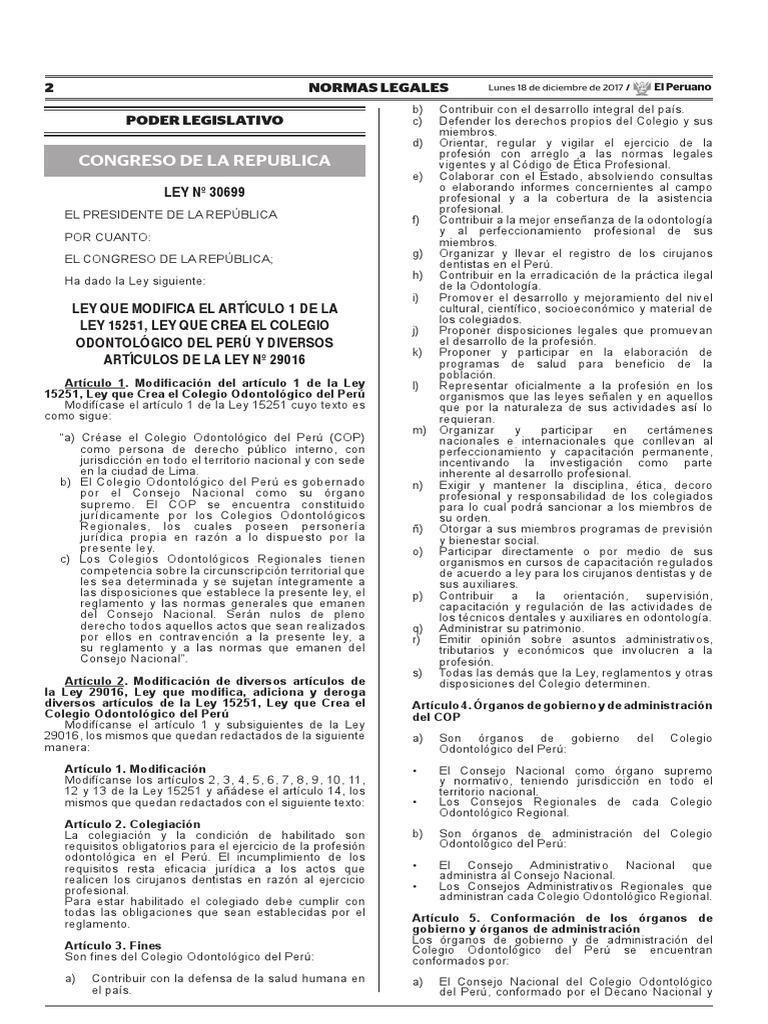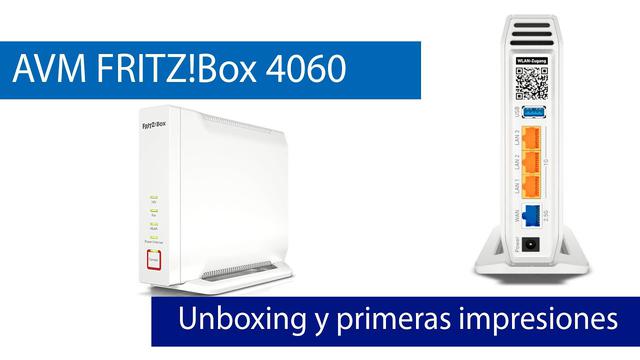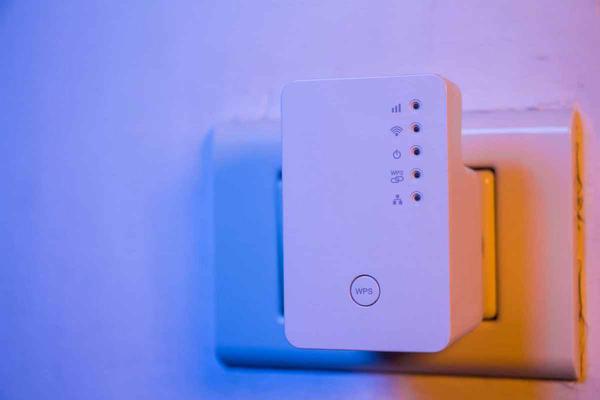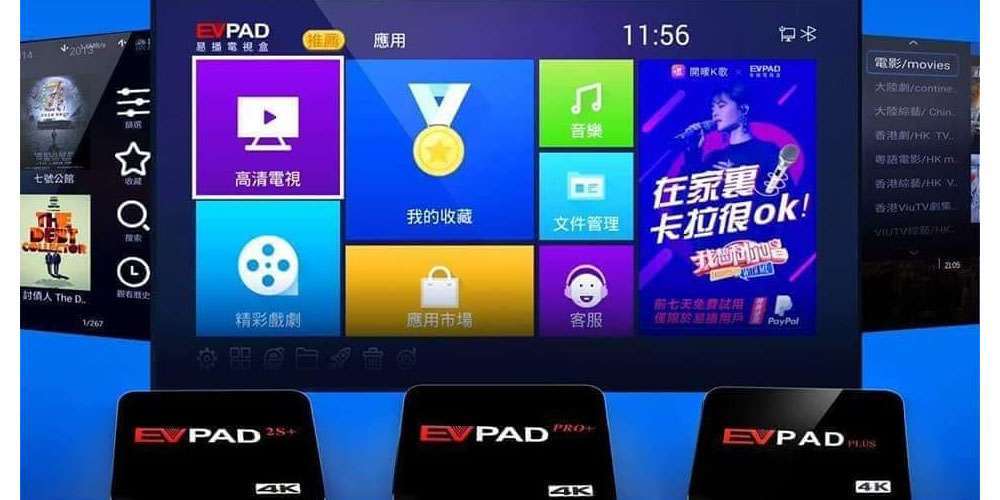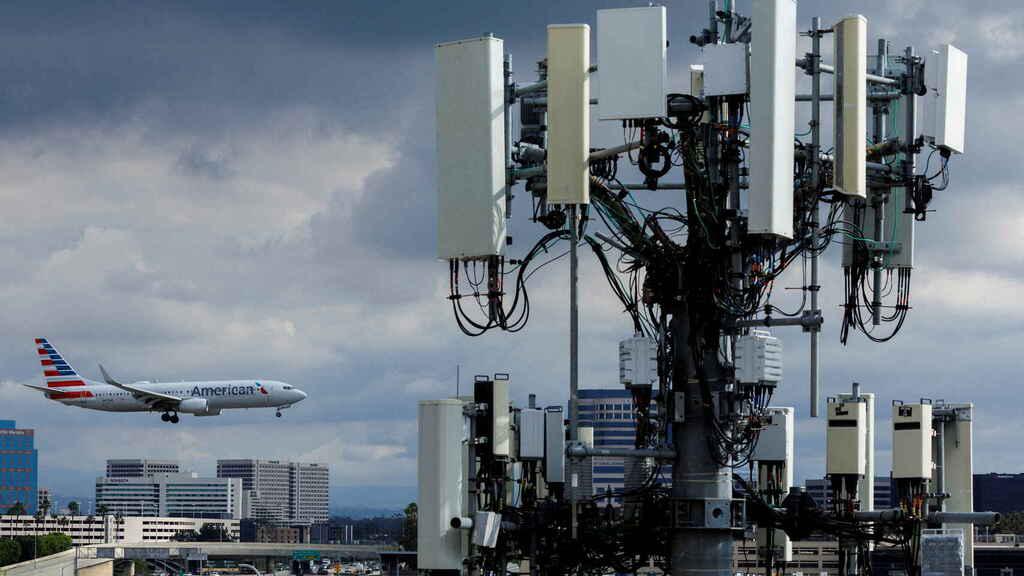Network basics: Wi-Fi repeater, what it is and how it works
A Wi-Fi repeater is a network solution that allows us to easily and cheaply extend the range of our Internet connection. Unlike PLC devices, which work wired and move the signal of our connection through the electrical network, repeaters do so completely wirelessly, something that is obviously an important advantage.
Because of its simplicity, its ease of use and its low cost, the Wi-Fi repeater has remained one of the favorite options when it comes to extending the range of a wireless network, and it is understandable, since we can find very cheap models, and these can be configured in less than a minute, if we use the WPS button.
How exactly a Wi-Fi repeater works
The Wi-Fi repeater is a network device that collects, reproduces, and amplifies the wireless signal emanating from our router, or from another repeater, in order to be able to take it to other corners of our home or office where we do not have Internet. This means that:
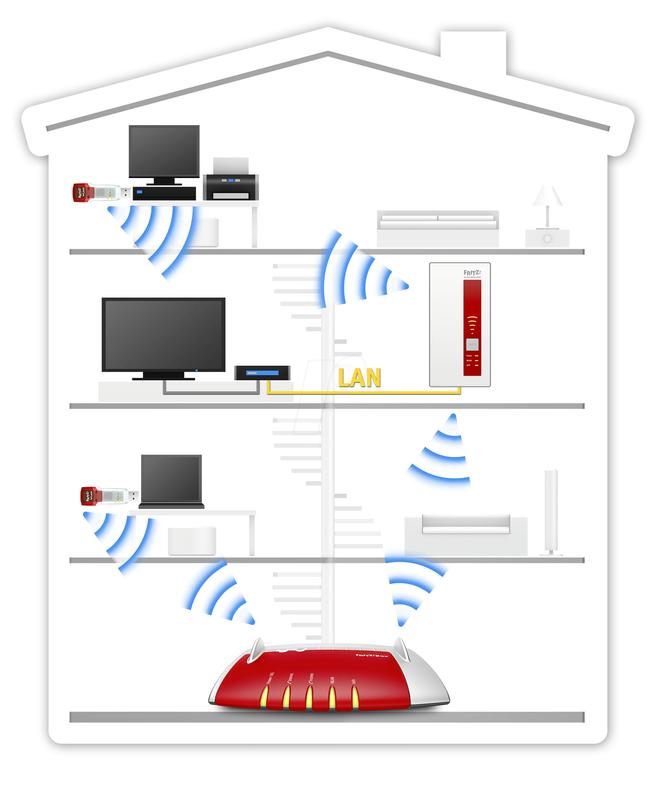
However, it must be taken into account that, since the Wi-Fi repeater takes the source signal from the router, or from another repeater, it must receive it in good conditions, since otherwise it will not be able to repeat it optimally. This nuance is very important, because if we place the repeater too far from the router to try to maximize its range, we may end up having problems.
Why are Wi-Fi repeaters so popular?
Mainly because of their ease of use, because they tend to offer good value for money, and also because they are a more suitable option for the modern concept of home and office, where multi-device environments prevail (several devices connected to the Internet simultaneously).
However, this does not mean that a Wi-Fi repeater will always be the best option, since they also have disadvantages compared to PLC devices. These, when working in a wired way, usually offer higher performance and greater stability, which makes them an ideal solution for connecting devices that are very sensitive to latency and packet loss, game consoles and gaming PCs, for example. .
Deciding between a PCL and a Wi-Fi repeater can be tricky, but luckily there are also PLC devices with Wi-Fi repeater functions. These are, in my opinion, the best option in most cases, since despite the fact that they are more expensive, they compensate for their high price by offering a much more interesting value.

